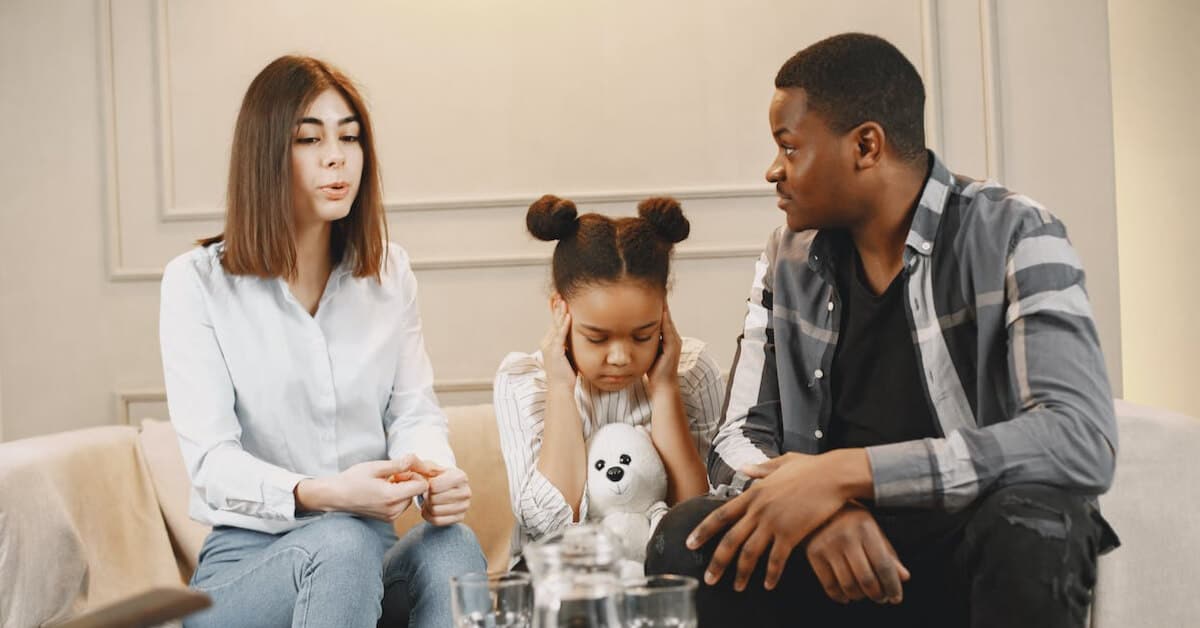In family law, equal shared parental responsibility is a subject of much discussion and deliberation. The intricacies of the law in Australia can be daunting for parents facing this issue.
Our family lawyers will clarify what it means under Australian law, how it is determined, and what factors come into play during its consideration.
What Does Equal Shared Parental Responsibility Mean in Australia?
Under the Family Law Act 1975, equal shared parental responsibility requires parents to share in decision-making about major long-term issues affecting their children.
This can include education, religion, health, and the child’s name. It’s important to understand that this does not necessarily mean equal physical custody or time spent with the child, but rather, a similar obligation to the child’s welfare and significant life decisions.
Also read: Child Custody Laws in Australia
How is Equal Shared Parental Responsibility Determined in Australian Courts?
In understanding how equal shared parental responsibility is determined in Australian courts, it’s essential to delve into the processes and principles applied.
The Best Interests of the Child
The welfare and best interests of the child are paramount in the Family Law Act 1975. When determining the nature of parental responsibilities, the court seeks to ensure the child’s emotional, psychological, and physical well-being is prioritised. This best interest principle is the guiding light for all court decisions.
Rebuttable Presumption of Equal Shared Parental Responsibility
Under Australian law, there is a presumption that it is in the child’s best interest for the parents to have equal shared parental responsibility after separation.
However, this presumption is ‘rebuttable,’ meaning it can be overridden if there is evidence of child abuse or family violence or if it is otherwise proven to not be in the child’s best interests.
Also read: Uncovering the Facts: A Mother’s Rights in Child Custody
Individual Case Assessment
Every family is unique, and so is every case before the court. Factors such as the child’s age, their views, the nature of the parent’s relationship with the child, the effect of any changes on the child, and the capacity of each parent to provide for the child’s emotional and intellectual needs are evaluated.
Mediation and Family Dispute Resolution
Before litigation, parents are encouraged, and often required, to attempt family dispute resolution. This process involves mediation, where a neutral third party assists the parents in discussing issues, considering different options, and trying to reach an agreement.
Expert Reports and Testimonies
Sometimes, the court may rely on expert evidence to determine the child’s best interests. This could be from psychologists, social workers, or family consultants.
These experts conduct thorough assessments and present reports to assist the court in making an informed decision.
Judicial Discretion
Lastly, its determination lies within the court’s judicial discretion. Judges analyse all the evidence presented, consider the nuances of each case, and make a judgment. The aim remains to ensure any decision made promotes the child’s best interests.
Also read: Custody Rights for Fathers in Australia Ultimate Guide
Does Equal Shared Parental Responsibility Mean Equal Time with the Child?
Contrary to popular belief, equal shared parental responsibility does not automatically mean equal time spent with the child.
Instead, it promotes the idea that parents should have a similar role in deciding significant aspects of their child’s life.
If it is in the child’s best interest and reasonably practicable, courts will consider the child spending equal or substantial/significant time with each parent.
Need a Lawyer?
What Factors Are Considered for Equal Shared Parental Responsibility?
Several factors are considered when deciding on equal shared parental responsibility. These can include:
- The benefit to the child of having a meaningful relationship with both parents
- The need to protect the child from physical or psychological harm
- The child’s views, considering maturity and level of understanding
- The capacity of each parent to provide for the child’s intellectual and emotional needs
- The impact of any changes on the child
- The practical difficulty and expense of a child spending time with and communicating with a parent
- Each parent’s attitude to the child and the responsibilities of parenthood
Can Equal Shared Parental Responsibility Be Changed?
Equal shared parental responsibility can be altered if there are significant changes in the circumstances of the parents or the child or if it is deemed necessary to protect the child’s best interests.
The court might reconsider the orders for shared parental responsibility if there’s evidence of family violence or child abuse or if the change is necessary for the child’s welfare.
What Legal Assistance is Available for Equal Shared Parental Responsibility Issues in Australia?
In Australia, several legal aid commissions, community legal centres, and private law firms can assist with equal shared parental responsibility issues. These organisations can provide advice, mediation services, and legal representation if necessary.
Looking for Professional Advice on Equal Shared Parental Responsibility?
At the Walker Pender Group, we specialise in family law and have a dedicated team of legal experts ready to assist you with your shared parental responsibility concerns.
With our extensive experience and client-centric approach, we can provide tailored advice and legal assistance to help you navigate this challenging terrain.
If you’re grappling with questions about shared parental responsibilities, don’t hesitate to reach out. The welfare of your child is of paramount importance.
Our team can help ensure you are well-informed and prepared to make the best decisions for your child. Why not contact Walker Pender Group today for expert guidance?



